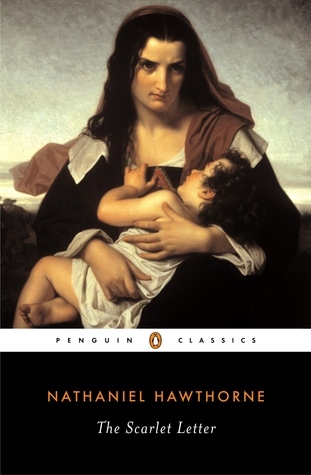


Condemned to wear a scarlet "A" for adultery, Hester becomes a symbol of public disgrace. Yet instead of being broken by shame, she transforms her punishment into a symbol of strength and dignity. Hester raises her daughter Pearl in isolation, supports herself through needlework, and slowly gains respect for her quiet resilience and charity.
At the heart of the novel lies the mystery of Pearl’s father, Reverend Arthur Dimmesdale. His hidden guilt consumes him, deteriorating his health and spirit. In contrast to Hester’s open shame, Dimmesdale’s internal torment illustrates the destructive power of concealed sin.
Roger Chillingworth, Hester’s estranged husband, arrives in disguise and devotes himself to psychologically tormenting Dimmesdale. As a representation of vengeance, Chillingworth’s character contrasts with the themes of mercy and forgiveness that evolve through the narrative.
Hawthorne weaves rich symbolism throughout the story—the scarlet letter, the forest, and the scaffold—all representing themes of truth, isolation, and the complexities of morality. His use of dark romanticism and psychological insight creates a narrative that transcends its historical setting.
*The Scarlet Letter* ultimately portrays how individuals navigate moral dilemmas under the weight of rigid societal norms. It champions personal growth, repentance, and the redemptive power of love and honesty.
Hawthorne, N. (1850). The Scarlet Letter. Ticknor, Reed & Fields.
Baym, N. (1986). The Scarlet Letter: A Reading. Bedford/St. Martin’s.
SparkNotes. (n.d.). The Scarlet Letter. Retrieved July 23, 2025, from https://www.sparknotes.com/lit/scarlet